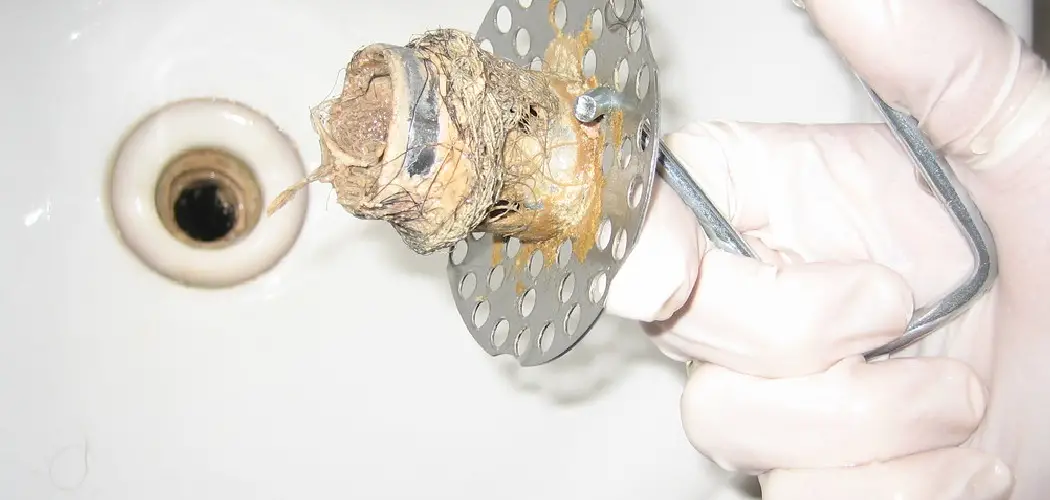Maintaining a well-functioning yard drainage system is essential for preventing water accumulation and the associated issues of flooding and soil erosion. A clogged yard drain can lead to a host of problems, from waterlogged lawns to damaged foundations and costly repairs. Proper yard drainage ensures that excess rainwater is efficiently diverted away from your property, preserving the health and aesthetics of your landscape.
To keep yard drains from clogging, regular maintenance and preventive measures are crucial. In this comprehensive guide, we’ll explore how to keep yard drains from clogging. This involves understanding the common causes of blockages, such as leaves, debris, and sediment buildup, and implementing strategies to keep these materials from obstructing the flow of water.
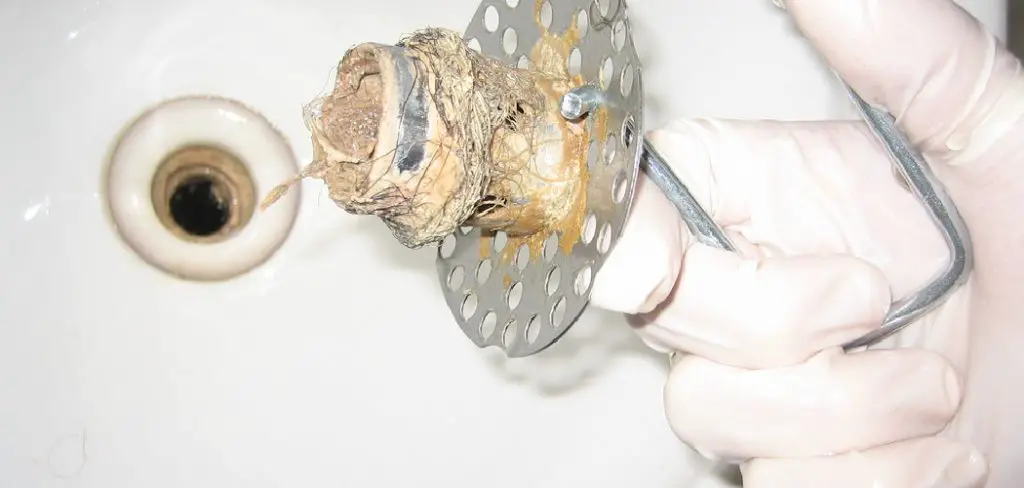
By adopting a proactive approach, such as installing leaf guards, performing routine inspections, and cleaning the drains periodically, homeowners can ensure their drainage systems operate smoothly, protecting their property and enhancing the overall landscape’s longevity and appearance.
The Importance of Maintaining Clear Yard Drains
Maintaining clear yard drains is vital for the protection and well-being of your property. When yard drains are functioning correctly, they efficiently channel excess water away from your home and landscape, reducing the risk of water damage. Clogged drains, however, can result in numerous problems. Waterlogged lawns can become breeding grounds for pests and create an unsightly, muddy mess.
Furthermore, standing water can seep into the foundation, causing cracks, weakening the structure, and potentially leading to costly repairs. Clear drains also help prevent soil erosion by directing rainwater properly, maintaining the integrity of garden beds and other landscape features. Regular upkeep of yard drains not only safeguards your property but also secures a healthy, attractive outdoor environment. Hence, investing time and effort in maintaining clear yard drains is a practical and essential step for every homeowner.
Potential Causes of Clogs in Yard Drains
Understanding the potential causes of clogs in yard drains is essential to prevent and address drainage issues effectively. One of the most common culprits is the accumulation of leaves and organic debris, especially during the autumn season when trees shed their foliage. These materials can easily enter the drainage system and create blockages if not regularly cleared. Another significant cause is the buildup of sediment and dirt, which can gradually reduce the drain’s capacity to channel water, particularly after heavy rainfalls.
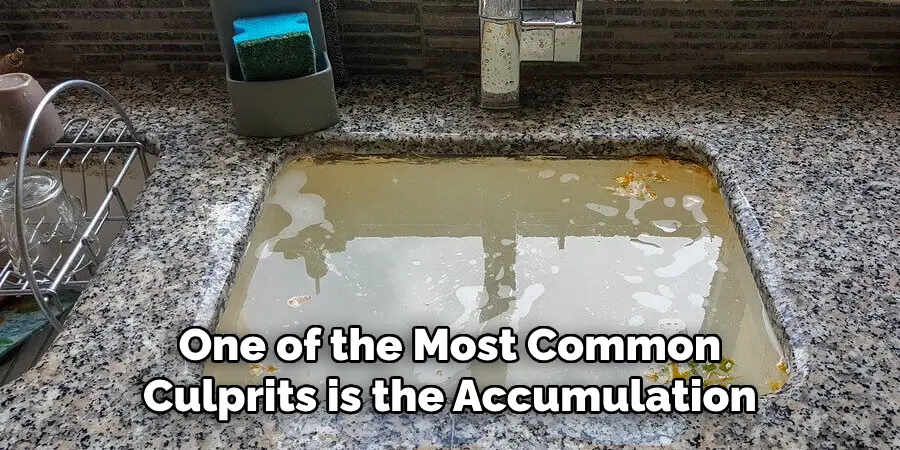
Additionally, tree roots can infiltrate the drainage pipes, seeking moisture and creating severe obstructions that are challenging to remove. Improper installation or damage to the drainage system can also contribute to clogging, as misplaced or broken pipes hinder the smooth flow of water. By identifying and mitigating these causes, homeowners can maintain a functional yard drainage system and avoid the myriad problems associated with clogged drains.
Understanding Yard Drains
Yard drains are a crucial element of landscape management, designed to control the flow of excess water and prevent it from accumulating in undesirable areas. Their primary function is to collect and redirect runoff water from rain, irrigation, or other sources, thereby protecting your property from water damage. These drainage systems typically consist of several components, including catch basins, drain pipes, and discharge points strategically placed throughout the yard. Catch basins, often covered with grates, capture water from the surface and channel it into the drain pipes, which then transport the water away to a suitable outflow area such as a ditch, a storm drain, or a dry well.
Several types of yard drains exist to accommodate different landscape needs and conditions. Surface drains, for example, are ideal for quickly removing water from flat or gently sloping areas, while French drains are suited for addressing issues of soil saturation and groundwater seepage. In some cases, a combination of different types of drains may be required to effectively manage water flow in a complex landscape.
Properly designed and installed yard drainage systems are essential for maintaining the structural integrity of your home, preserving the health of your plants, and ensuring a safe and enjoyable outdoor space. Understanding how yard drains work and the different options available allows homeowners to make informed decisions about their outdoor drainage solutions.
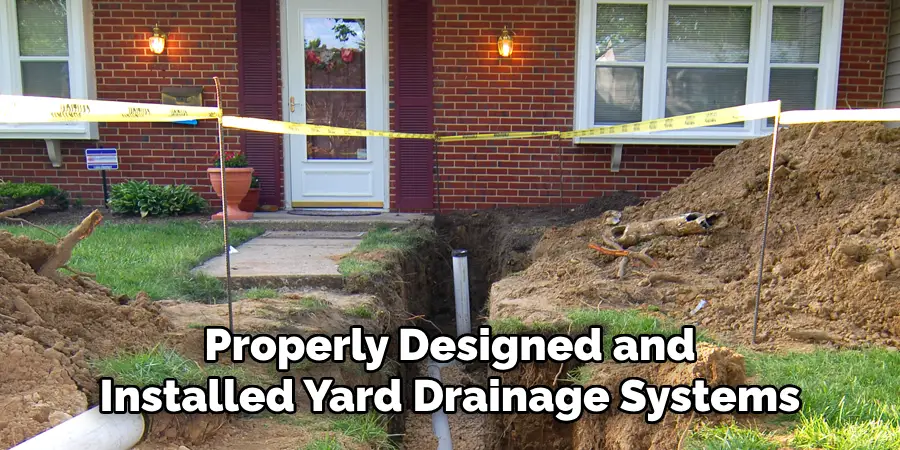
Types of Yard Drains Available
When it comes to selecting the right drainage system for your yard, it’s important to understand the different types of yard drains available. Each type is designed to address specific drainage challenges and landscape conditions. Here are some of the most common types of yard drains:
1. Surface Drains
Surface drains are designed to quickly remove excess water from flat or gently sloping areas. They consist of catch basins installed at low points in the yard where water naturally accumulates. These basins capture and redirect runoff water into underground pipes, which then transport it to a designated outflow area.
2. French Drains
French drains are ideal for dealing with issues of soil saturation and groundwater seepage. This system features a trench filled with gravel and a perforated pipe that collects and channels water away from problem areas. French drains are commonly used to prevent water from pooling in low spots or around structures.
3. Channel Drains
Channel drains, also known as trench drains, are long, narrow drains designed to intercept and collect surface water over an extended area. These drains are particularly useful in driveways, walkways, or patios to prevent water from flowing into unwanted areas.
4. Pop-Up Emitters
Pop-up emitters are a type of discharge outlet often used in combination with other drainage systems. They are buried underground and only “pop up” when water pressure from the pipes forces them to open. This allows water to be released at a specific location, such as a lower part of the yard, without causing erosion.
5. Dry Wells
Dry wells are subsurface structures that temporarily store excess runoff water and allow it to slowly infiltrate into the ground. They are often used when there is no suitable outflow point nearby. Dry wells help to manage large volumes of water, particularly after heavy rainfall.
6. Swales
Swales are shallow, sloped channels often covered with vegetation or grass that guide runoff water to a predetermined discharge point. They can be an effective and visually appealing component of a yard drainage system, blending seamlessly into the landscape while managing water flow.
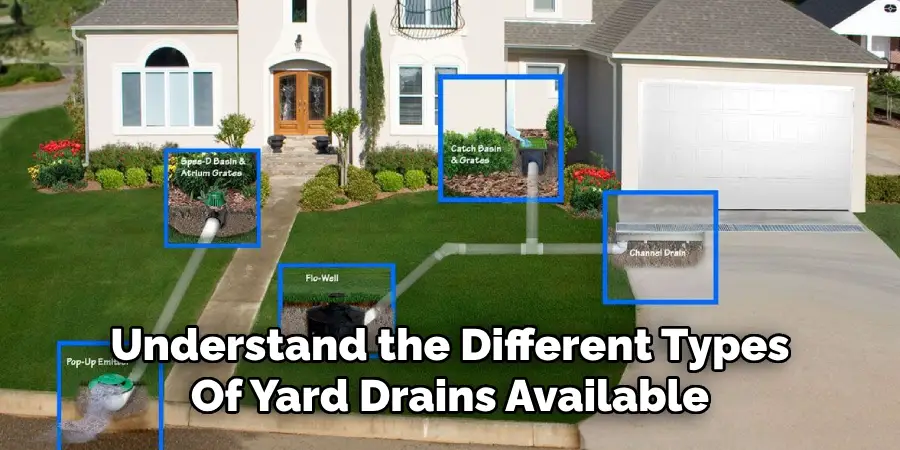
By understanding the variety of yard drains available, homeowners can choose the most appropriate solutions to manage water flow and protect their properties from water damage. Properly selected and installed yard drains contribute significantly to the longevity and functionality of the landscape.
Importance of Yard Drains
The importance of yard drains cannot be overstated when it comes to the long-term health and functionality of your property. Firstly, effective yard drainage systems prevent water accumulation that can lead to soil erosion, which can undermine the foundation of your home and other structures. Excess water can also cause lawns and garden beds to become waterlogged, damaging plants and creating an ideal environment for pests and diseases. Moreover, standing water can create unsafe, slippery surfaces, posing a hazard to anyone walking or playing in the yard.
Beyond the immediate physical impacts, poor drainage can have significant financial implications. Water damage to homes and landscapes can lead to costly repairs and maintenance. Properly maintained yard drains extend the life of your property by protecting it from unnecessary wear and tear. Additionally, well-managed runoff helps in preventing water from seeping into basements or crawl spaces, thereby avoiding potential issues such as mould growth and structural damage.
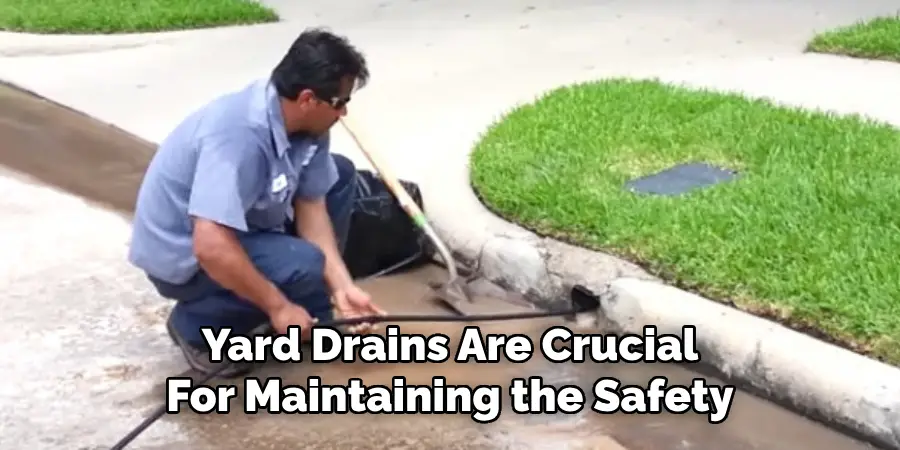
In summary, yard drains are crucial for maintaining the safety, aesthetics, and structural integrity of your outdoor space. An efficient drainage system not only safeguards your property against water damage but also enhances the overall enjoyment and usability of your yard. Investing in the right drainage solutions is a proactive step towards ensuring a resilient and attractive landscape.
10 Methods How to Keep Yard Drains from Clogging
1. Regular Inspection and Cleaning
One of the most effective ways to prevent yard drain clogs is through regular inspection and cleaning. Yard drains can accumulate debris such as leaves, twigs, dirt, and other organic matter, which can obstruct water flow. By routinely inspecting your drains, you can identify potential blockages before they become problematic. Cleaning the drains involves removing visible debris and ensuring that the drain cover or grate is clear. Using a high-pressure hose can help dislodge any accumulated sediment within the drain pipes, maintaining clear pathways for water to flow. Implementing a quarterly inspection schedule can significantly reduce the likelihood of major clogs, preserving the functionality of your drainage system.
2. Install Drain Covers and Grates
Installing drain covers and grates is a proactive measure to keep larger debris out of your yard drains. These covers act as a first line of defense, catching leaves, sticks, and other sizable materials before they can enter the drain system. Choose covers with small enough openings to prevent debris from slipping through while allowing water to flow freely. Regularly clean these covers to ensure they do not become clogged themselves. By preventing large debris from entering the drainage system, you can significantly reduce the risk of blockages and maintain the efficiency of your yard drains.
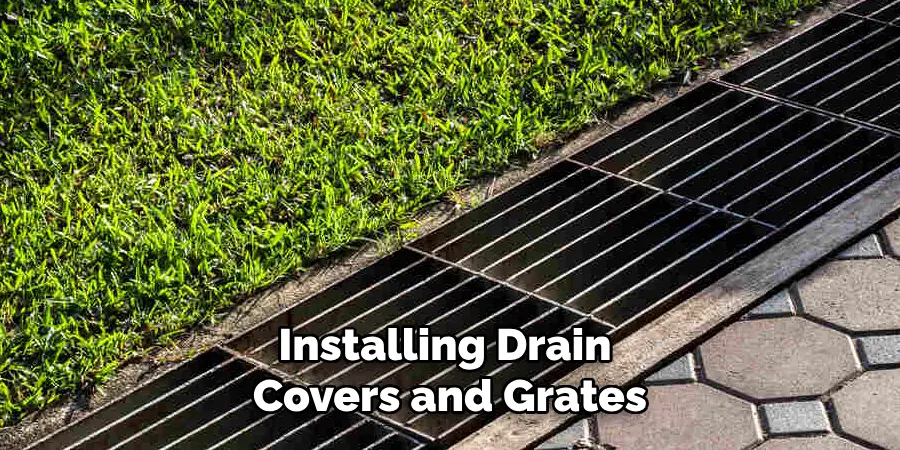
3. Landscaping and Yard Maintenance
Proper landscaping and yard maintenance play a crucial role in preventing yard drains from clogging. Trees and shrubs should be strategically placed away from drain locations to minimize the amount of leaves and branches that can fall into the drains. Regularly raking leaves, especially during the fall, and disposing of them properly can prevent them from being carried into the drains by wind or rain. Additionally, maintaining a healthy lawn with adequate ground cover can reduce soil erosion and the amount of dirt that can wash into the drains. By managing your landscaping thoughtfully, you can create a yard environment that supports effective drainage and reduces the risk of clogs.
4. Use of Drainage Pipe Filters
Installing drainage pipe filters can help prevent small debris from entering and clogging the yard drains. These filters are typically placed at the entry points of drain pipes and act as barriers to trap debris while allowing water to pass through. Various types of filters are available, including mesh screens and filter socks, which can be selected based on the specific needs of your drainage system. Regularly checking and cleaning these filters will ensure they remain effective. By incorporating drainage pipe filters, you can enhance the protection of your yard drains against clogs caused by fine debris.
5. Create Proper Drainage Slopes
Ensuring that your yard has proper drainage slopes can prevent water from pooling and carrying debris into your drains. Grading your yard so that water flows away from structures and towards designated drainage areas is essential. A slope of about 2% (approximately 1/4 inch per foot) is typically recommended to facilitate proper water runoff. If your yard has low spots where water tends to accumulate, consider adding soil to raise these areas or installing additional drainage solutions such as French drains. By promoting efficient water flow through appropriate grading, you can minimize the amount of debris entering your yard drains and reduce the risk of clogs.
6. Regular Gutter and Downspout Maintenance
Gutters and downspouts play a significant role in directing rainwater away from your home and into your yard drains. However, if gutters are clogged with leaves and debris, they can overflow and deposit this material into your drains. Regularly cleaning your gutters and downspouts, especially before the rainy season, ensures that they function properly and do not contribute to yard drain clogs.
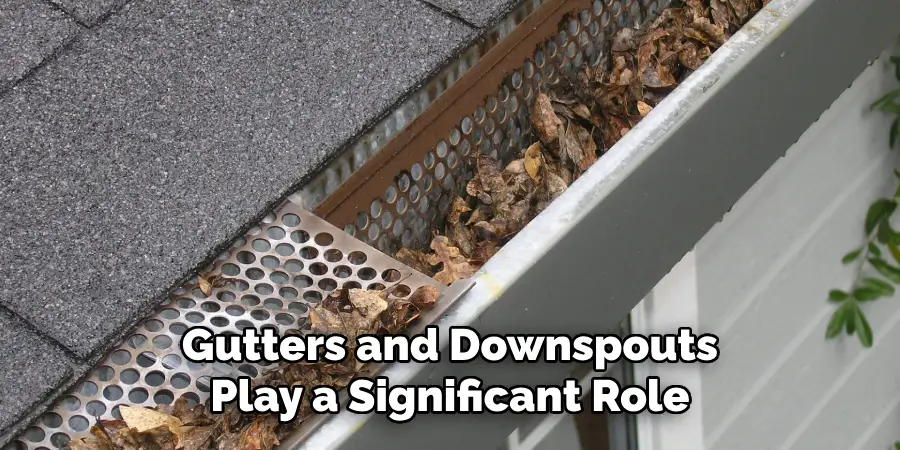
Additionally, extending downspouts away from the foundation and ensuring they empty onto splash blocks or other erosion control measures can prevent concentrated water flow that can carry debris into your yard drains. Proper maintenance of gutters and downspouts is crucial for the overall effectiveness of your drainage system.
7. Implementing Rain Gardens and Swales
Rain gardens and swales are landscaping features designed to manage stormwater runoff naturally. A rain garden is a shallow, planted depression that absorbs rainwater, while a swale is a shallow trench that channels water. Both features help slow down water flow, allowing it to percolate into the soil and reducing the amount of runoff that can carry debris into your yard drains. By incorporating native plants with deep root systems, rain gardens and swales can enhance water absorption and soil stability. These eco-friendly solutions not only prevent yard drain clogs but also promote groundwater recharge and reduce the overall impact of stormwater on your property.
8. Installing French Drains
French drains are underground drainage systems that consist of perforated pipes surrounded by gravel. They are designed to redirect surface water and groundwater away from problem areas. Installing a French drain can help manage water flow and reduce the risk of yard drain clogs by providing an alternative pathway for water to exit your property. The gravel surrounding the pipe acts as a filter, preventing debris from entering the drain system. By incorporating French drains into your yard’s drainage plan, you can effectively manage excess water and protect your yard drains from clogging due to debris and sediment buildup.
9. Use of Chemical Drain Cleaners and Enzymatic Solutions
While physical removal of debris is the most effective method for preventing clogs, chemical drain cleaners and enzymatic solutions can be used as supplementary measures. Chemical drain cleaners can dissolve organic matter that may be causing blockages, while enzymatic solutions use natural bacteria and enzymes to break down debris. These products should be used cautiously and in moderation, as overuse can damage pipes and harm the environment. Regularly applying these solutions can help maintain the cleanliness of your yard drains, especially in areas prone to organic matter accumulation. However, they should never replace routine physical maintenance and inspections.
10. Professional Maintenance and Drain Jetting
For stubborn or recurring clogs, professional maintenance and drain jetting services can be highly effective. Drain jetting involves using high-pressure water jets to thoroughly clean the interior of drain pipes, removing any built-up debris, grease, or sediment. Professional services also include video inspections to accurately identify the location and cause of clogs. By scheduling regular professional maintenance, you can ensure that your yard drains are kept in optimal condition. Professionals have the expertise and equipment to address complex drainage issues, providing a comprehensive solution to prevent future clogs and maintain the efficiency of your yard drainage system.
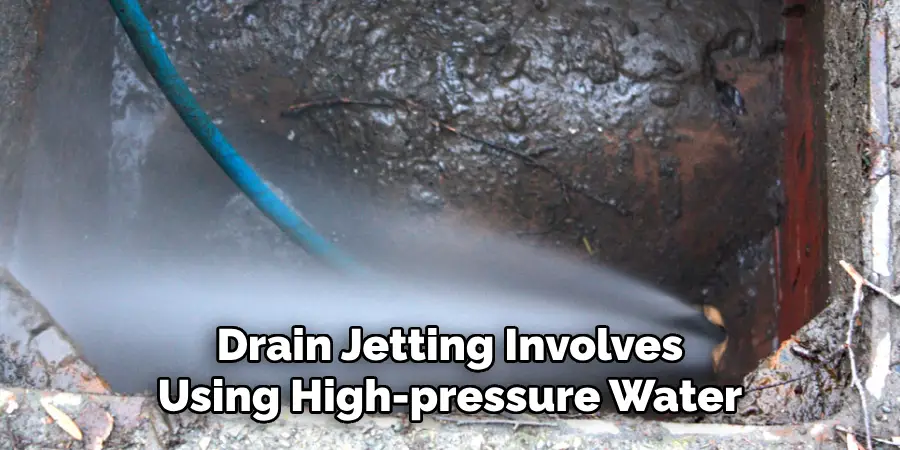
Conclusion
In conclusion, keeping yard drains from clogging is a vital aspect of maintaining your property’s drainage system and overall health. By implementing a combination of regular maintenance, strategic landscaping, and preventive measures, you can ensure that your yard remains free from water accumulation and the subsequent damage it can cause.
Regularly inspecting your drains for debris, installing appropriate guards, and scheduling periodic cleanings are effective steps to prevent clogs. Additionally, being mindful of the types of plants and trees you have near drainage areas can help reduce the amount of leaves and organic material that might obstruct water flow. Thanks for reading, and we hope this has given you some inspiration on how to keep yard drains from clogging!
You can check it out to How to Cover Drain in Backyard

